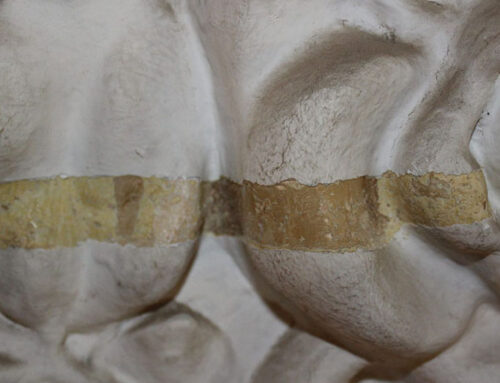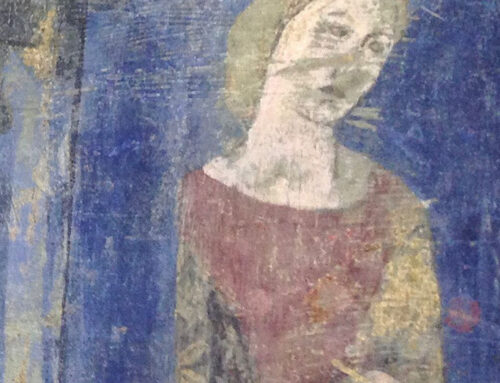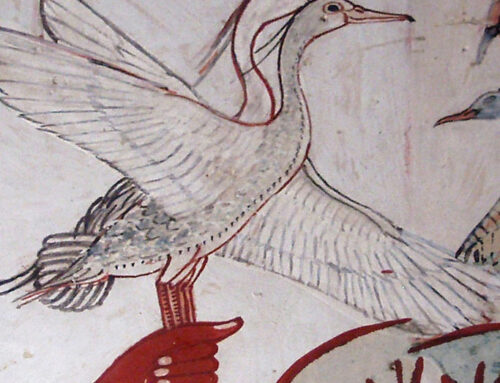Project Description
All Saints Church, Broughton, Cambridgeshire
The interior walls of medieval churches would have been highly decorated, with schemes ranging from simple masonry pattern design, to figurative illustrative paintings of biblical stories, as well as individual saints. As tastes and styles changed newer paintings would have been painted over the existing paintings, to reflect this artistic development. This tradition of evolving decoration lead to a situation of multi-layered, palimpsest, paintings. After the Reformation, the earlier figurative, decorative paintings were seen as idolatrous and were destroyed, or often, more simply, limewashed over. In their place churches were decorated with simple texts, often verses from the Bible, or pieces from the Book of Common Prayer. These texts tended to be executed in black and white, but often had quite creative decorative borders.
The surviving wall paintings in the parish church of All Saints, Broughton are the perfect illustration of this history. A large c15th Doom survives over the chancel arch, with an Expulsion from the Garden of Eden and an Adam and Eve beside it (both of which had already received conservation treatment), and an area of multi-layered post reformation texts on the south wall, which was the focus of this conservation intervention.
Three layers of painted text were simultaneously visible. The lowest, earliest, red ochre layer, was very fragmentary and little could be made out except some decorative detail. Above this was black and white text (which may have been a Lord’s Prayer) and above this another black and white text with a decorative strapwork border – identifiable as part of the Lord’s Prayer. The paintings were severely deteriorated. The various layers were delaminating from each other, and detaching from the plaster substrate. In some areas the delamination was so severe layers were only held in place by the cobwebs and dust that covered the surface. Along the bottom edge, and particularly on the left side, there were large areas of loss, flaking, and the plaster substrate was exposed. There were numerous smaller areas of loss across the paintings.
The conservation work focused on stabilisation and repair of the plaster substrate, using lime plasters, and lime based grouts, readhesion of the paint layer, a light surface clean, and reintegration to reduce the aesthetic disruption and improve the readability of the texts. The new repairs were toned with tinted limewashes, and small losses were spotted out with watercolours. No reconstruction of missing elements of the paintings was undertaken.











